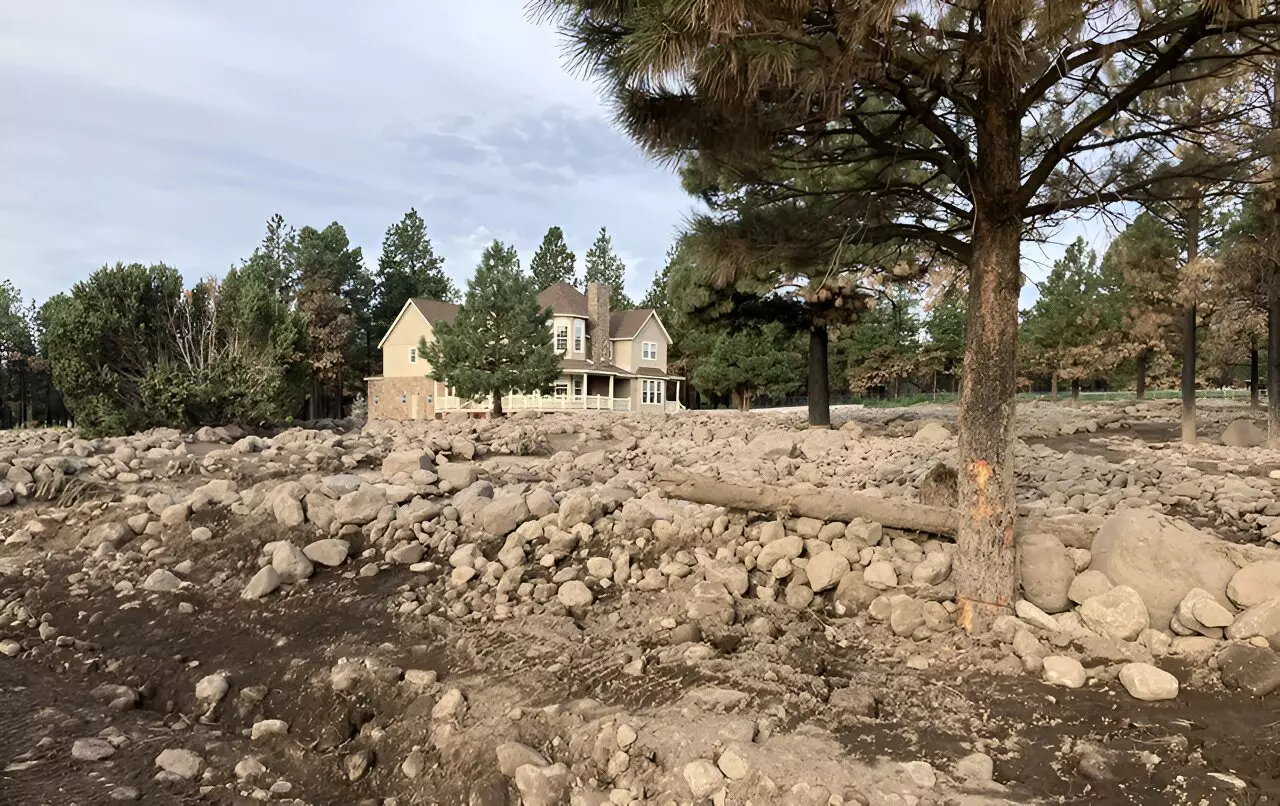The aftermath of a wildfire is often just the beginning of the danger, as highlighted in a new study by researchers at Los Alamos National Laboratory. According to corresponding author Tao Liu, current methods for predicting postfire debris flows are underutilized due to the time-consuming nature and uncertainties involved. By introducing a new approach that uses modeling to forecast debris flow behavior pre-fire, the team aims to revolutionize landslide prediction.
Postfire debris flows are highly unpredictable natural disasters that often occur during or soon after a wildfire. These events compound with the destruction caused by the fire, posing an imminent threat to communities. The sudden and unpredictable nature of these landslides makes them even more dangerous, resulting in thousands of fatalities annually. The destruction caused by wildfires not only reduces soil infiltration but also destabilizes the ground, making it susceptible to heavy rainfall-triggered landslides.
The groundbreaking research conducted by the team at Los Alamos National Laboratory is set to positively impact national and global safety. Landslides following wildfires have historically caused a second wave of destruction, affecting both natural landscapes and built environments. The study focused on creating a probabilistic PFDF inundation assessment model and trained it on data collected after the 2022 Pipeline Fire in northern Arizona. This model, with 10,000 optimized parameter instances, aims to better predict the likelihood of postfire debris flows, enabling stakeholders to take preventative action before disasters strike.
By identifying the factors that indicate a probable PFDF, scientists and stakeholders can implement preventative measures to protect at-risk communities and ecosystems. Actions such as increasing ground cover plants, constructing water channels, and building retaining walls can help stabilize the ground post-wildfire. Liu emphasizes that this research not only enhances readiness for postfire debris flows but also provides guidance on utilizing these models in future hazard assessments.
The research conducted by the team at Los Alamos National Laboratory opens new possibilities for landslide prediction and disaster prevention. By harnessing advanced simulation techniques, this study offers a proactive approach to mitigating the impact of postfire debris flows on communities and ecosystems. It is evident that this innovative research will significantly contribute to enhancing safety measures and protecting infrastructure in areas vulnerable to landslides.


Leave a Reply